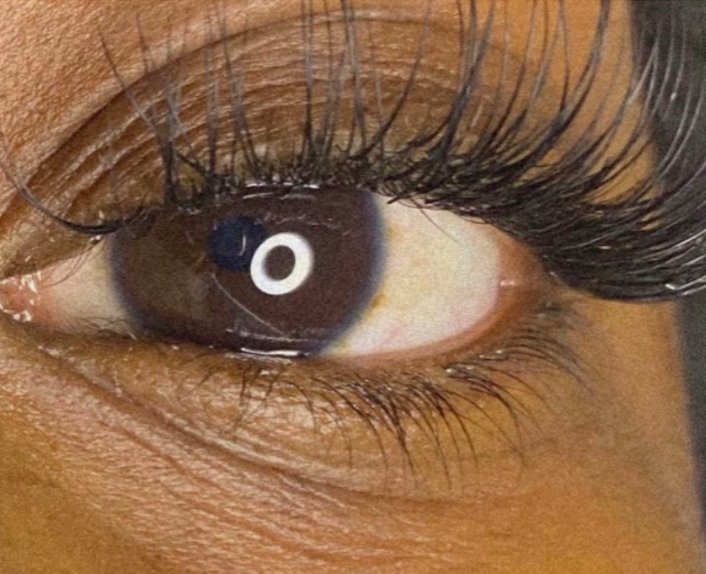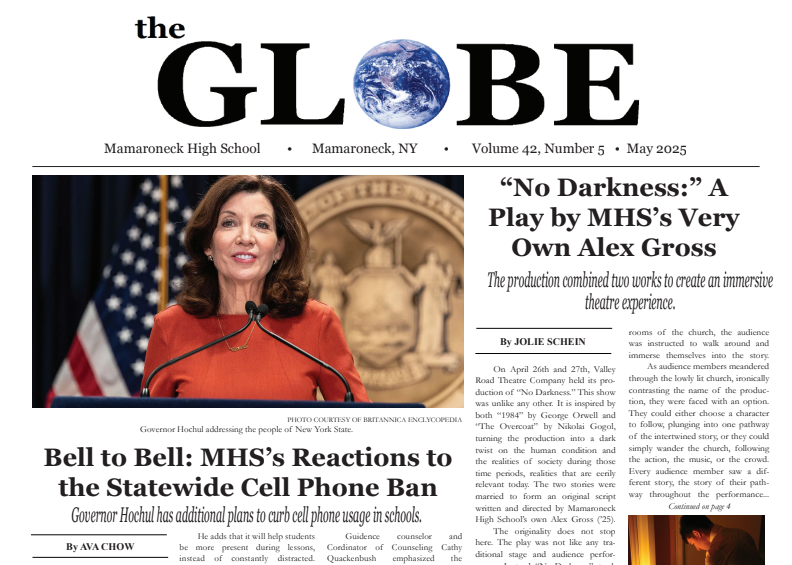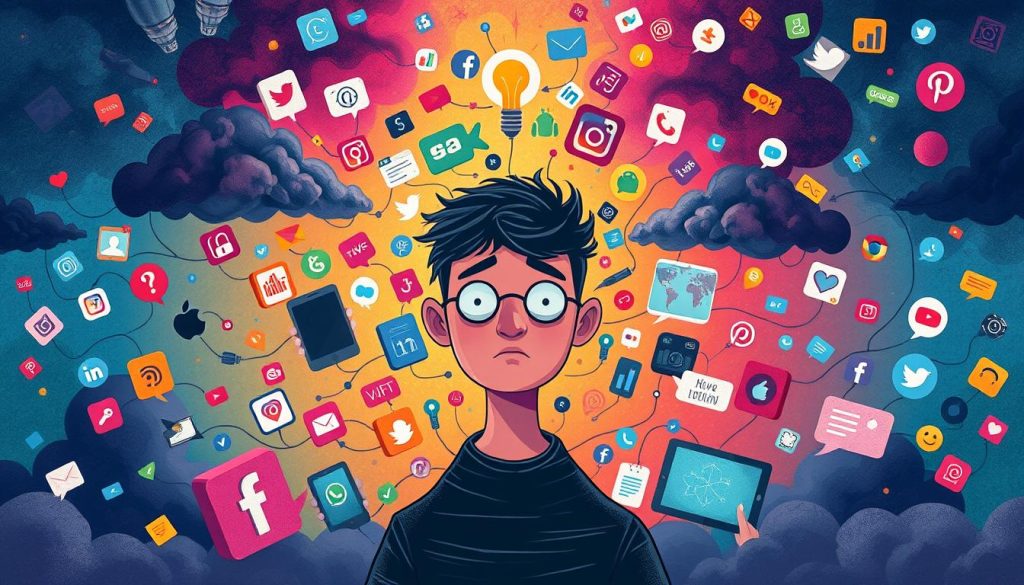The Effect of Remote School on our Eyes
After a year of record screentime, have students’ eyes been affected?
Photo Courtesy of @wavywink on Instagram
An eye looks into the other side of the screen: the camera.
June 23, 2021
Since the beginning of the pandemic, we have had to change our lives in ways we never could have imagined. Among them was having to adjust to hybrid education. This new form of education required students to spend significantly more time on screens; but does this affect students’ vision? Local pediatric ophthalmologist Dr. Carolyn Lederman has answers. According to Dr. Lederman, there has been a noticeable increase in myopia, or nearsightedness, among children over the past year. However, increased time spent on computers and television at least for the most part is not to blame. “Screen time has long been thought to be a culprit in eye problems, but the science is not conclusive,” she explains. Instead, Dr. Lederman points to a lesser-known issue: a decrease in sun exposure. As students were forced to stay inside for a large part of the day for online classes and were unable to do group activities like sports, their eyes have suffered. While extended direct sun exposure can be harmful to your eyes, you still need to spend time outside. Studies have shown that without sunlight, the eye can be reshaped and vision can be impaired.
But extended screen usage certainly has consequences. “There has been a clear increase in eye strain due to screen usage,” according to Dr. Lederman. When you are using one of these devices, your eyes focus on one specific point for an extended period of time. Because of this, you are likely to experience headaches and difficulty concentrating. The dangers of our habits don’t end there. People often blink less while using screens. This leads to dry eye, a condition where tear glands cannot successfully lubricate eyes. When dry, eyes tend to create a burning, stinging, or otherwise uncomfortable situation. So, while remote school might not make everybody need glasses, it affects our eyes and overall wellbeing in other ways.
Now, what can be done about these issues other than use screens less and spend more time outside? After all, despite the return of full-time in-person school, the usage of computers, video games, and other screens is still very large. Dr. Lederman suggests following the 20/20/20 rule whenever you are using screens, and it is pretty simple. For every 20 minutes spent on a device, look 20 feet into the distance for 20 seconds. This way, there is enough time to relax after working so hard to focus on the screen. Other solutions Dr. Lederman suggests include decreasing the brightness setting on your devices and using artificial tears to counteract dry eyes. In addition, consider using screens far away from windows or other sources of sunlight. Despite the fact that sunlight is necessary to maintain good vision, paired alongside screen usage it creates a tough glare that eyes have a difficult time seeing through.
Overall, spending hours on Zoom will not send you to the eye doctor immediately. If you are still going outside regularly and using smart screen-time habits such as the 20/20/20 rule, your eyes will be just fine. But, like anything, it is not a completely one-sided issue, and the increase in myopia and eye strain since the pandemic began is not something to ignore.






